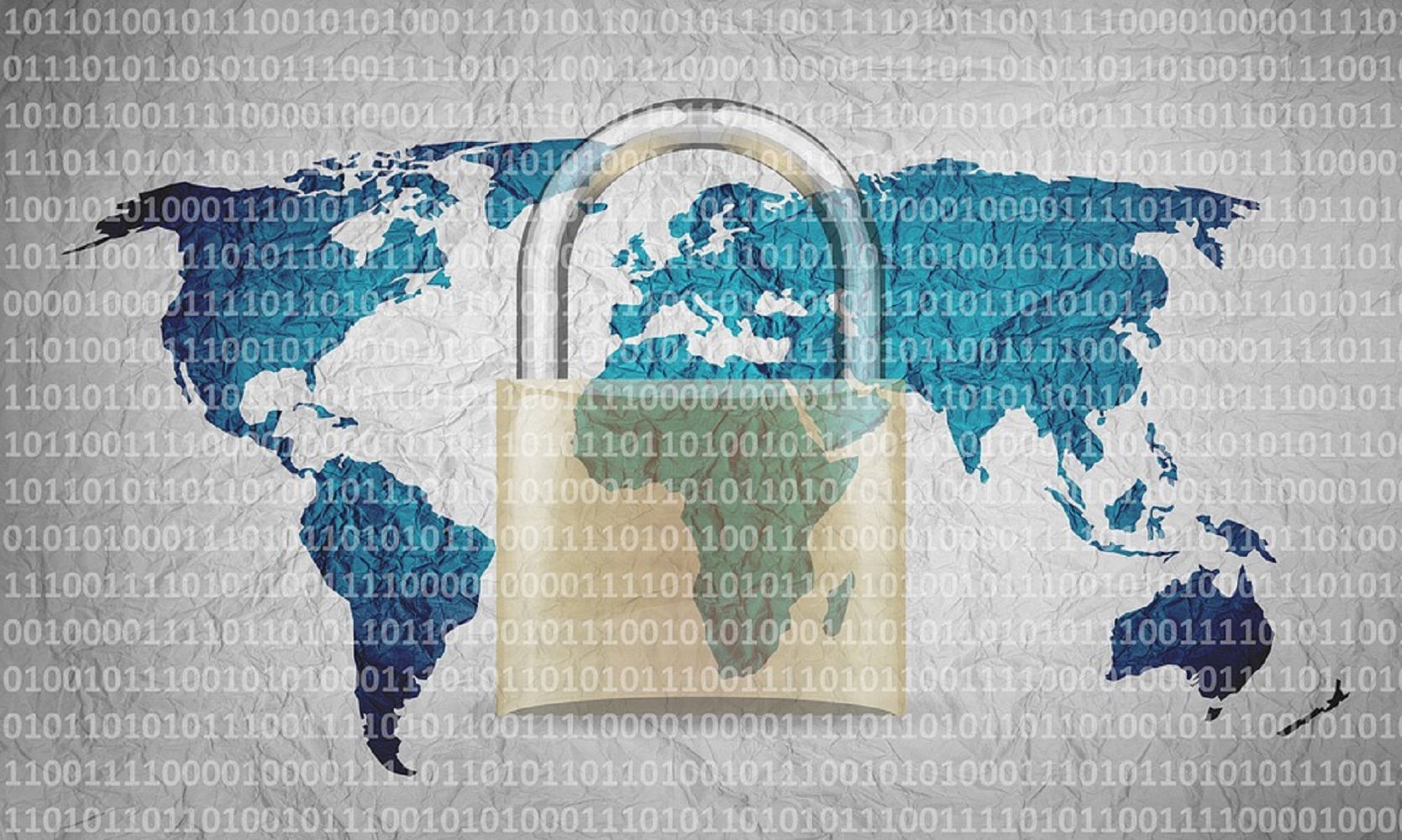What method/s of security implementation is good for my firm?
Organizational security vulnerabilities could cost a lot. Therefore, it is essential for businesses to understand multiple methods of security implementation and learning how they cover security aspects. Having sufficient knowledge and awareness of your firm’s needs will help you in making the right decision in time.
In this article, we will talk about EDR (Endpoint Threat Detection and Response), MDR (Managed Detection and Response), MTR (Managed Threat Detection and Response/Retaliation), and EP (Endpoint Protection) explaining their scope and whether these are good for your firm.
-
EP (Endpoint Protection)
In general, endpoints are the most vulnerable in a network. That is what has made it the favorite of attackers. EP, or endpoint protection, is the way to prevent such attacks by protecting the endpoints.
Malware scanning and dynamic endpoint threat detection is done under EP or EPP (Endpoint Protection Platform). It can provide protection to your firm’s computers from basic-level online scams, bulk malware attacks, and non-targeted phishing attacks.
Besides this, Endpoint protection is also helpful in prevention code injection, browser data inspection, ransomware detection & prevention, etc.
The takeaway
EP is basic but essential for your firm because malware threats are launched in bulk and are everywhere. If handled manually, these threats can keep your IT team busy for eternity. However, EP is required, but it is not enough alone.
-
EDR (Endpoint Threat Detection and Response)
EDR or ETDR lets businesses constantly monitor the endpoints and respond to the threads found. It is capable of catching and handling the threats that bypass EP.
For threat monitoring & handling, sensors or agents are installed at each endpoint in the business network and the collected functional plus behavioral information is collected in a database. From here, this data can be fetched, processed, and used for sending alerts when a threat is detected. EDR systems can be configured to carry forward the investigation and respond to the threats too.
It can:
- Integrate well with the threat intelligence
- Act as the basis for proactive defense and retaliation wherever needed;
- Detect registry key editing, application launches, and other suspicious behaviors;
- Visually represent the attack as it detects and tracks all nodes in your network;
- Isolate affected hosts and remotely stop the attack.
-
MDR (Managed Detection and Response/Remediation)
Just as EDR, MDR is also focused on securing and monitoring your endpoints altogether. However, MDR is a step further as it involves managed teams, working with the automated processes to detect/stop the attack more efficiently and faster.
When the cyber attack is of an advanced level and cannot be handled by the automated way i.e., EDR alone, MDR comes to your rescue.
Managed Detection and Response is also useful when the attacks are frequent and the reason cannot be determined through EDR. Managed EDR (MDR) experts will guide your organization in detecting the cause of the intrusion, its type, and the malicious changes/activities it has achieved to do by the time.
MDR is a powerful method of business risk mitigation in the virtual world. MDR teams have analysts as well as the people to monitor your network around-the-clock. With their assistance, the time to threat detection can be reduced significantly, which is essential for enterprises.
-
MTR (Managed Threat Detection and Response/Retaliation)
MTR is an advanced service that includes MDR and EDR related activities for threat detection and response. However, in this case, the focus is also on finding the source of the attack and damaging it. MTR professionals also play a vital role in catching the cybercriminals behind the attack.
Business pioneers facing frequent attacks that damage their infrastructure or government organizations having a hold on precious data should go for MTR.
The Crux
Now that you are well-aware of what does EP, EDR, MDR & MTR mean and which kind of cybersecurity method is good for which kind of firm, it must be easy to pick the most suitable safeguarding method for your firm.
Sometimes, businesses might want to go for a mix of 2 or 3 of these services as per their requirements. If that is the case with you, make a move and decision the blended security strategy soon.
In any scenario, it is advised to choose your security partner or IT managed services provider in advance so that threat prevention, detection, response and removal does not take more time.

